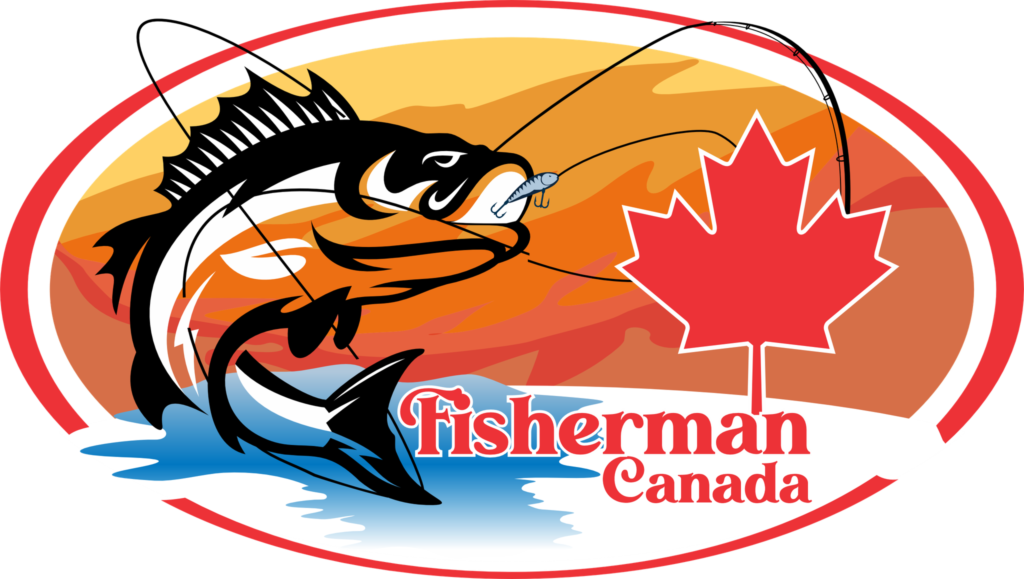Introduction
Lake Erie, one of the five Great Lakes of North America, is a legendary destination for anglers seeking a thrilling and rewarding fishing experience. With its vast expanse of water, diverse fish species, and picturesque surroundings, Lake Erie offers a unique opportunity for speckled fishing that has captivated the hearts of fishermen for generations. In this essay, we will explore the world of speckled fishing in Lake Erie, diving into its history, the species that inhabit its waters, the best techniques to catch them, and the conservation efforts that are vital to preserving this natural wonder.
I. A Historical Perspective
Speckled fishing in Lake Erie has a rich history dating back centuries. Native American tribes, such as the Erie and Seneca, were among the first to appreciate the abundance of fish in the lake. They relied on speckled fish, particularly Lake Erie walleye, as a crucial source of sustenance. European settlers later discovered the bounty of Lake Erie’s waters, contributing to the region’s economic growth through the commercial fishing industry.
In the 19th century, recreational fishing began to flourish as more people recognized the allure of angling in Lake Erie. The construction of railroads and improved transportation made it accessible to a broader audience, sparking a surge in fishing tourism. Today, the tradition of speckled fishing continues, drawing enthusiasts from across the nation and beyond to the shores of Lake Erie.
II. Species of Speckled Fish
Lake Erie boasts a diverse range of speckled fish species, but two stand out as the most coveted catches:
Walleye (Sander vitreus): The walleye, often called the “yellow pike,” is Lake Erie’s most sought-after speckled fish. Known for its delicious, flaky white meat and elusive nature, walleye can grow to impressive sizes in these waters. The lake’s unique combination of nutrients, temperature, and habitat provides an ideal environment for their growth.
Yellow Perch (Perca flavescens): Yellow perch are another prized catch for anglers. These vibrant, golden fish are not only fun to catch but also make for a delectable meal. Yellow perch are often found in schools, making it possible to reel in multiple fish in a single outing.
III. The Art of Speckled Fishing
To achieve success in speckled fishing in Lake Erie, anglers must master a variety of techniques, including:
Trolling: Trolling involves using a boat to pull lures or bait through the water at various depths. Anglers often use downriggers to control the depth and increase their chances of hooking a walleye or perch.
Jigging: Jigging is a popular technique for catching both walleye and perch. It involves dropping a weighted lure, known as a jig, to the lake’s bottom and then lifting and lowering it in a rhythmic fashion to entice the fish.
Drifting: Drifting is a method where anglers allow their bait or lures to float naturally with the current. This technique can be particularly effective for yellow perch.
Casting: Casting is a versatile method that can be used from the shore or a boat. Anglers cast their lures or bait towards areas where they suspect fish might be hiding, such as rocky shorelines, submerged structures, or weed beds.
Ice Fishing: During the winter months, when Lake Erie freezes over, ice fishing becomes a popular pastime. Anglers drill holes in the ice and drop their lines to catch walleye and perch that are still active in the cold waters below.
IV. Conservation and Sustainability
The popularity of speckled fishing in Lake Erie has brought about concerns regarding the sustainability of fish populations. Overfishing and habitat degradation have threatened the health of the lake’s ecosystem. However, numerous conservation efforts are in place to address these issues:
Fishing Regulations: Strict fishing regulations, including size limits and catch quotas, are enforced to ensure that fish populations remain healthy. These regulations vary seasonally and by species, allowing for sustainable fishing.
Habitat Restoration: Organizations and government agencies are actively involved in restoring and protecting critical fish habitats in the lake, such as wetlands and spawning areas.
Water Quality Improvement: Efforts to reduce pollution and control invasive species help maintain the lake’s water quality, which is crucial for the survival of speckled fish and their prey.
Angler Education: Educating anglers about responsible fishing practices, catch-and-release techniques, and the importance of conservation is essential to promoting sustainable fishing in Lake Erie.
Conclusion
Speckled fishing in Lake Erie is a timeless pursuit that combines the thrill of the catch with the serenity of the lake’s beautiful surroundings. With a rich history, diverse fish species, and a range of fishing techniques to master, Lake Erie has firmly established itself as an angler’s paradise.
However, it is imperative that we continue to prioritize conservation efforts to preserve this natural wonder for future generations. By respecting fishing regulations, supporting habitat restoration, and promoting responsible angling practices, we can ensure that speckled fishing in Lake Erie remains a vibrant and sustainable tradition for years to come.

